We explain what the Ancient Age is and what characterized its beginning. In addition, its general characteristics and stages in which it is divided.
What was the Ancient Age?
The Ancient Age is the historiographical period that begins approximately between 4,000 and 3,000 BC , with the appearance of writing and ends with the fall of the Western Roman Empire , in the 5th century after Christ.Antiquity is the first period on which a relatively exact historiography can be carried out thanks to the fact that writing allows obtaining documents on historical events , customs and beliefs.
It is the longest age in history since the following are:
- Middle Ages . It stretches from the fall of the Western Roman Empire to the discovery of America in 1492. It is characterized by the fragmentation of political power in Europe , the development of culture associated with religious values and an iron division of social classes.
- Modern Age . It extends until the French Revolution in 1789. It is characterized by the heyday of monarchies, the reappearance of great empires and cities , the accelerated development of science and the arts, and the social and economic mobility of a new social class: the bourgeoisie.
- Contemporary Age . It is the one that reaches the present time. It is characterized by an accelerated advance in technology and its profound influence ondaily life , by the development of capitalism as a socio-economic system and by the establishment of centers and peripheries at a global level.
Characteristics of the Ancient Age :
-
Mesopotamia
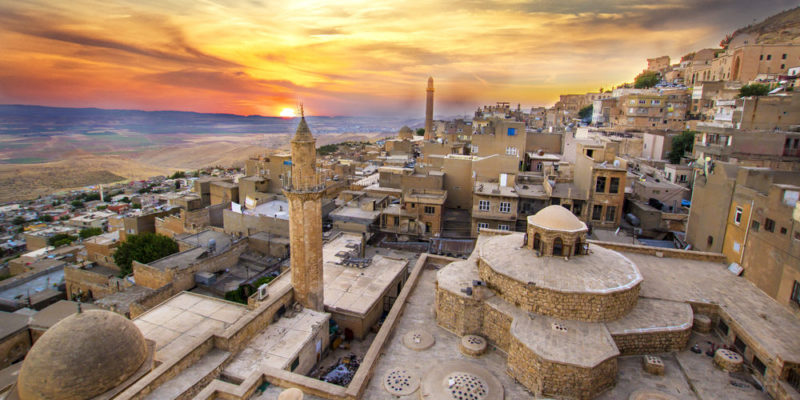 This civilization was established in Asia, between the Tigris and Euphrates rivers , changing its political organization between the unification and the division between Upper Mesopotamia and Lower Mesopotamia. Together with the Egyptians, they were the first to develop a script, around 4,000 BC.
This civilization was established in Asia, between the Tigris and Euphrates rivers , changing its political organization between the unification and the division between Upper Mesopotamia and Lower Mesopotamia. Together with the Egyptians, they were the first to develop a script, around 4,000 BC.It is considered the cradle of civilization , since the first settlements that led to organized social and political forms were established here.
Ancient Egypt
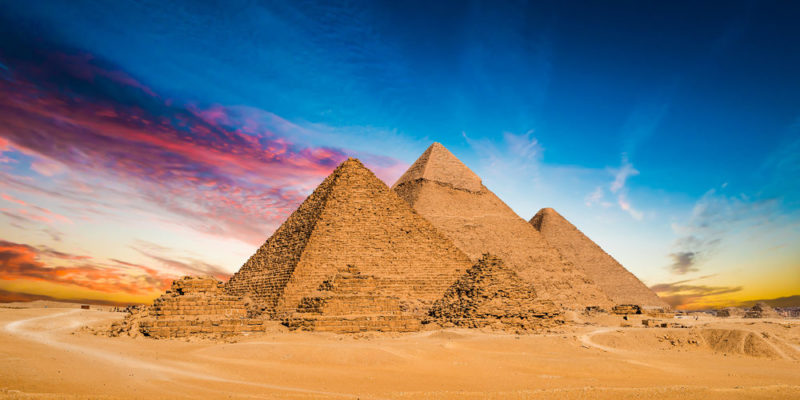
Diverse populations are grouped in Upper Egypt and Lower Egypt around 4,000 BC. It was unified under Pharaoh Menes in 3,100 BC . This civilization was organized on the banks of the Nile River .
Its political organization was monarchical, with an important priestly class . Its importance is due to being one of the first civilizations to develop writing, as well as its monumental works of architecture , such as the pyramids.
-
Ancient Greece
 It is considered the cradle of Western culture , as its philosophy , political organization, and art continue to influence Western culture to this day.
It is considered the cradle of Western culture , as its philosophy , political organization, and art continue to influence Western culture to this day.The first signs of an organized civilization begin in 1,200 BC and continue as an independent people until 145 BC, when they are invaded by Rome. In Greece the political system of democracy was born , although at that time it had a different meaning, since it did not include women or slaves.
Roman empire
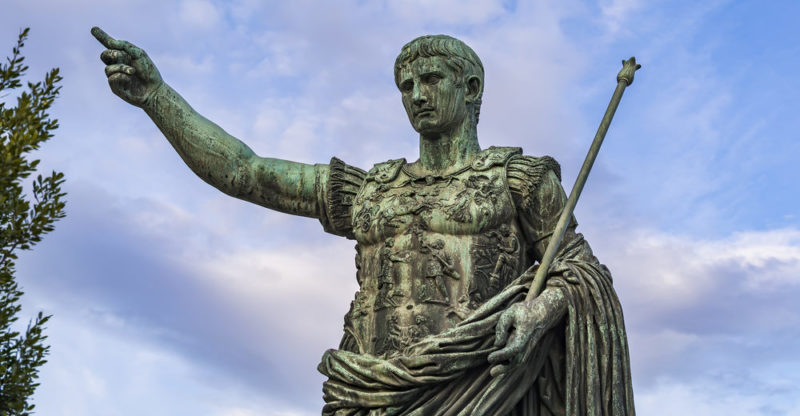
The Roman civilization began to take shape in approximately the 8th century BC . The empire extended along the entire coast of the Mediterranean Sea and even reached part of the present territory of the United Kingdom towards the North and Mesopotamia towards the East.
-
Writing
 Different cultures develop particular forms of writing:
Different cultures develop particular forms of writing:
- Egyptian writing. It begins around 3,300 with a hieroglyphic form, meaning that the symbols represented objects. Later it evolves into increasingly simple and abbreviated forms: hieratic and demotic writing.
- Mesopotamian writing. It begins in approximately 4,000 BC and develops at the same time as Egyptian writing, in parallel. It begins as an ideographic writing, that is, objects are represented to symbolize objects, and then it represents sounds . It is called cuneiform writing because it was shaped like wedges or nails that were used to write on clay.
- Greek writing. The antecedent of our alphabet, with twenty-four signs. The first sign system to include vowels.
Great empires and cities
In earlier times, that is, in Prehistory , human groups were organized in small villages, some of them nomads. On the contrary, in the Ancient Age the populations were established in a single place permanently , in such a way that the cities began to replace the camps. To defend against possible attackers, walled cities were created.
Some of these cities expanded to become empires , centralizing power in one man or a parliament. The empires had as a consequence the diffusion of language , religion, customs and architecture.
-
Religions
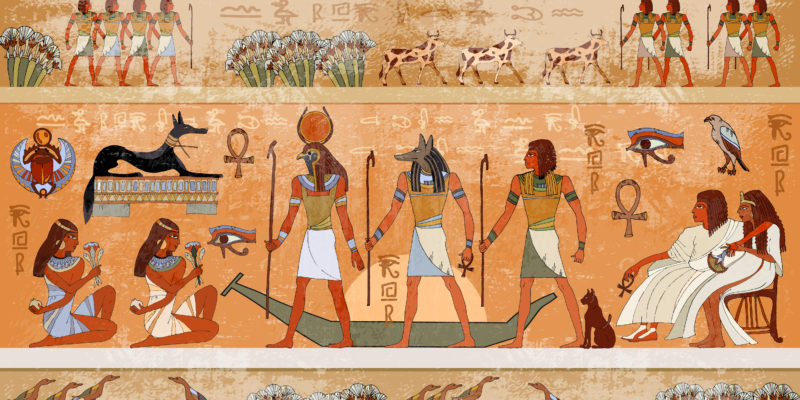 For the most part, the religions of antiquity were polytheistic , that is, different gods were worshiped, which in general represented the forces of nature. These religions were not usually dogmatic, that is to say that the gods did not expect behavior from their faithful but rather certain offerings at certain times of the year.
For the most part, the religions of antiquity were polytheistic , that is, different gods were worshiped, which in general represented the forces of nature. These religions were not usually dogmatic, that is to say that the gods did not expect behavior from their faithful but rather certain offerings at certain times of the year.The exceptions are Judaism and Islam , which are monotheistic and dogmatic religions. Later, also Christianity .
Social classes
The social classes were immovable and were inherited from the parents. Class was associated with occupation. They were divided into:
- Monarchs. Kings and pharaohs could only access power by being a descendant of a previous king or by defeating him in battle.
- Aristocracy. Relatives and ministers of the kings.
- Religious and intellectual class. The monarchies had divine legitimacy, so the religious class was always close to the king.
- Craftsmen, merchants and peasants. They were in charge of providing the population with objects for daily use.
- Slaves. They came from conquered peoples.
-
First laws
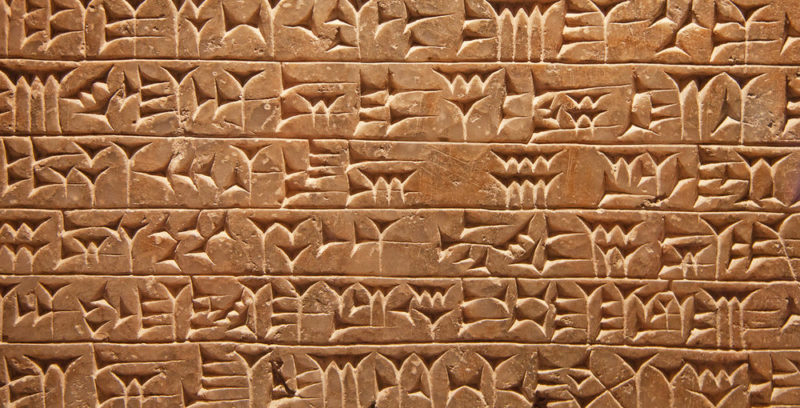 The administration of large towns required a regulation that facilitated coexistence. That is why in Antiquity the first written law codes are found . The first comes from Babylon (Mesopotamia) and is called the Code of Hammurabi. In it, penalties are applied for different illegal acts ranging from paying money to mutilation or death.
The administration of large towns required a regulation that facilitated coexistence. That is why in Antiquity the first written law codes are found . The first comes from Babylon (Mesopotamia) and is called the Code of Hammurabi. In it, penalties are applied for different illegal acts ranging from paying money to mutilation or death.
Fall of the Western Roman Empire
After a period of decline, which began at the beginning of the 5th century, the last emperor of Rome, Romulus Augustulus, was deposed by Odoacer , on September 4, 476. This occurred after the centralized power had lost its effectiveness for decades, losing territories that no longer responded to him.
It is considered that this is the end of the Old Age because from this moment Europe, instead of being organized by imperial governments , will be filled with small economic-political administrations called fiefdoms. This type of organization will characterize the Middle Ages.
The above content published at Collaborative Research Group is for informational and educational purposes only and has been developed by referring reliable sources and recommendations from experts. We do not have any contact with official entities nor do we intend to replace the information that they emit.
MA student of the TransAtlantic Masters program at UNC-Chapel Hill. Political Science with a focus on European Studies. Expressed ideas are open to revision. He not only covers Technical articles but also has skills in the fields of SEO, graphics, web development and coding. .
Leave a reply
Your email address will not be published. Required fields are marked *Recent post

Sport: What Is It, Types, Risks, Features, Characteristics and Examples

Dogs: Emergence, Features, Characteristics, Feeding and Breeds

Story: Definition, Elements, Structure, Features and Characteristics

